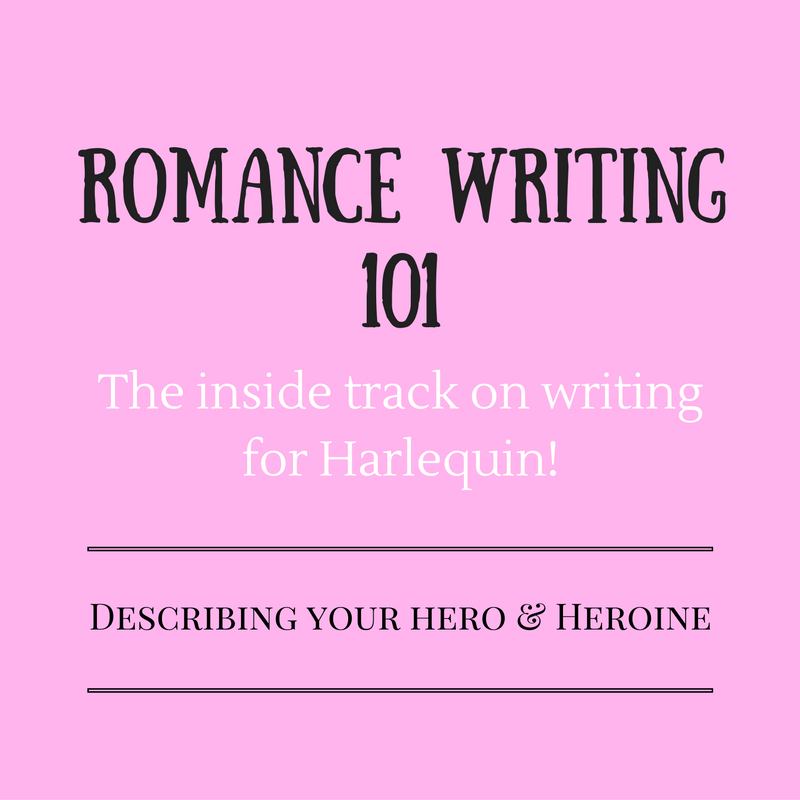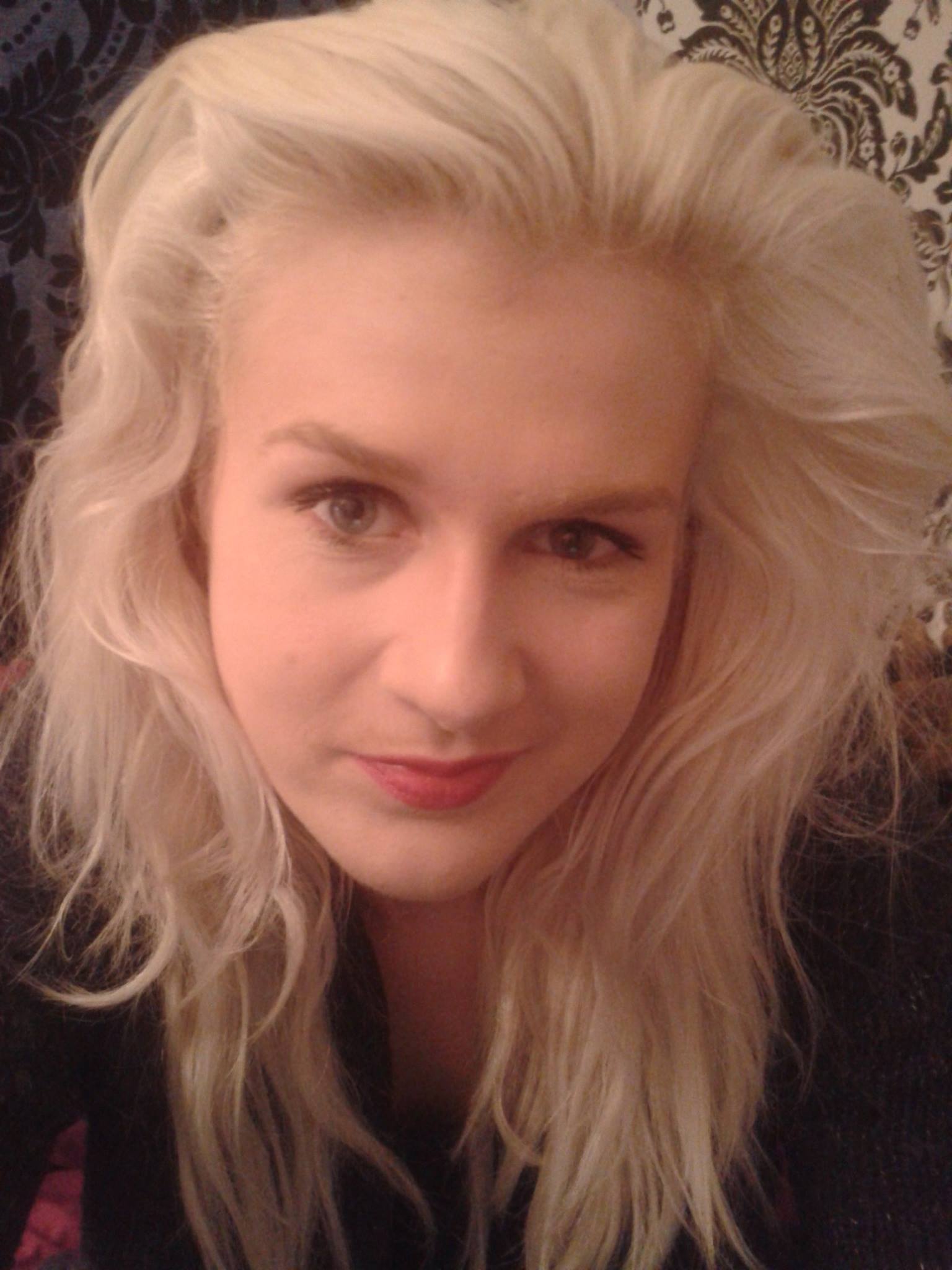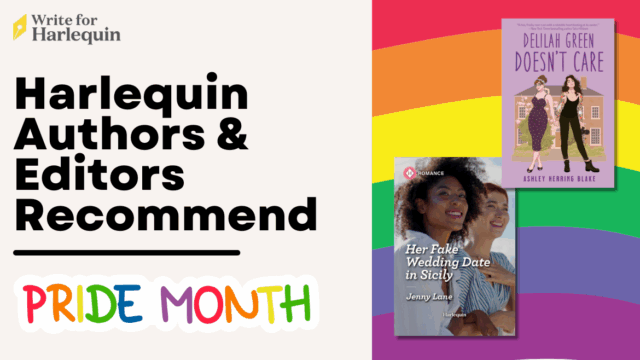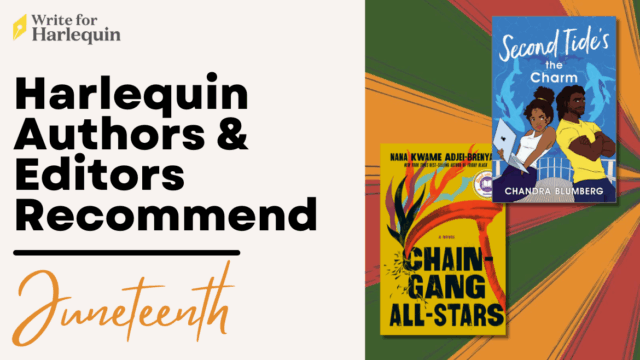

This week, Grace Thiele gives you her top tips on how to describe your characters with maximum impact!
Hello dearest writers! Today, after my previous post on building up characters in your imagination, I’ll be writing about methods to begin translating that onto the page, specifically in physical description. Building them up in your mind and getting to know them is great fun, but unfortunately it’s all for naught if the reader can’t imagine them too. So this is a really a great time to consider how your favourite romance authors achieve this.
Look for the bare necessities, the simple bare necessities, forget about…
I think that the first thing to keep in mind here is to be concise. In fiction generally, you’ll find plenty of examples of pages of character description: some of this will be done well, some less so. It’s very tempting to go full-throttle here, I know! You want your readers to love the characters you can picture so clearly, and for them to have the same experience. However, series romance isn’t the place to overdo it. There are two reasons for this: you have a limited word count, and readers are looking for the story; also readers want some scope to imagine their hero and heroine for themselves. They don’t need to know every eensy-weensy detail, and you don’t want it to get in the way of the story either.
Let’s get physical, physical…
Establishing physical traits is crucial. Heroes often lean toward tall, dark and handsome (certainly the first and last of these!), and trust me, we ain’t complainin’, but mark out what makes your hero distinctive. What will make him memorable to the reader? Does he have particularly striking eyes or broad shoulders? Does the sun catch the colour of his hair a certain way? Does he like to wear scrubs, a doublet and hose or a Saville Row suit? It’s a great idea to call out whatever the heroine notices and is attracted to.
This goes the other way too! Anything that draws the hero to the heroine is fantastic, be she tall, petite, curvaceous, slender, with gorgeous hair of any description. (Although some do say that blondes have more fun.) Also make sure that when the reader meets her, her appearance ties in with any relevant personality traits. If you’re writing a Cinderella story, it’s important that the reader understands the ‘before’ and the ‘after’, and why she might be insecure or vulnerable. Having said that, don’t be too mean – we still have to believe that the hero would fall for her! If she’s model gorgeous, make sure she’s still approachable. In both instances, the reader should root for and sympathise with the heroine, while on some level aspire to be her.
Something in the way you move…
Personally, I really think that the way a character moves says a lot about them. Does your hero stride commandingly into a room? Does your heroine sit curled up in a chair? I always quite like physical tics, things like running hands through hair or biting bottom lips. Little touches can really bring characters to life, and show on the outside (particularly when they’re being viewed by the other protagonist) what’s really going on internally.
Be sure to work these elements well into your story.
As always, what matters most of all is the developing romance between your characters. Harlequin editors want that to be the ultimate drive behind the story, so what matters most is not (necessarily) what the characters look like specifically, but what each of them thinks of the other’s appearance and how they respond to it. There’s obviously a lot more to getting any love right than looks, but it’s equally important to get physical attraction on the right track from the start!
Sooo! Next time I’ll be really diving deep into developing character motivations and conflicts! I hope you’re all enjoying the summer sunshine (if you’ve got any!) and remember that the best way to keep cool is always with ice cream. Just don’t spill any into your keyboard. Cheerio possums!




